I decided to play Wild Arms after finishing Final Fantasy XVI. I enjoyed that game but it had strayed so far from the series’ traditional RPG roots that it hadn’t satisfied my appetite for a JRPG. I’d bought Wild Arms on PS3 when Sony had a massive sale on digital PS1 games and that entitled me to a free PS4/5 upgrade so I figured that since Wild Arms had always been a series I was curious about and I had an easily accessible legit copy there was no better time to dive in and get my classic JRPG fix.
It took me about 2 months to finish it, with a long break in between the first two thirds and the last, which I’ll explain a little later, but now having rolled credits after a very lengthy ending sequence for 1996 I can say that for better and for worse Wild Arms is, indeed, a classic JRPG. Almost too classic in its style. Is it still worth playing all these years later? For me it was, but it was not without its frustrations and downsides.
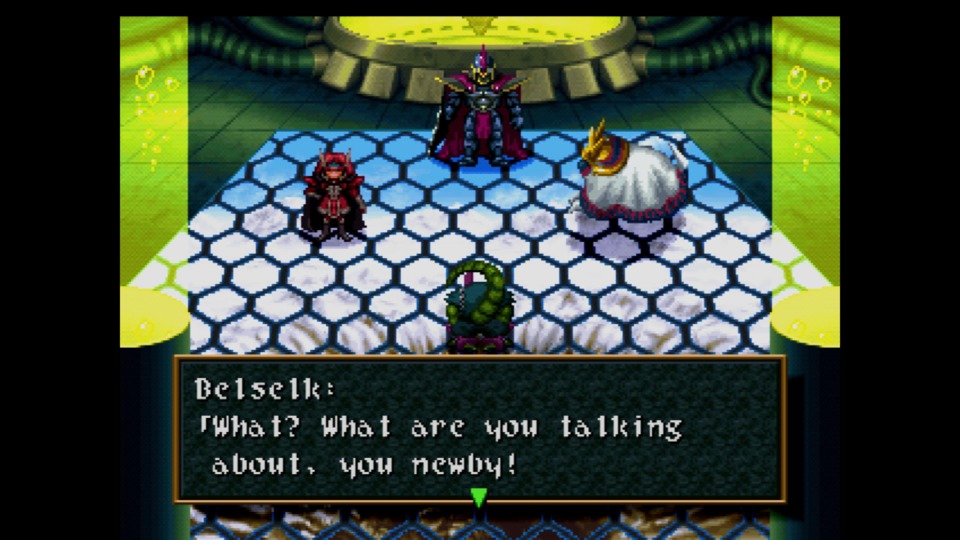
Wild Arms is a product of the PlayStation’s early days, when Sony didn’t know what was going to happen with its new console or how much support it would get so it set out to make or at least hire others to make games to cover all its bases. This brought us mascot platformers like Crash Bandicoot, Sony’s own line of sports games for the major sports, and RPGs, including Wild Arms.
Because of this backstory Wild Arms is in many ways a classic 16 bit RPG done up with some 32 bit dressing. The town and dungeon exploration sequences are all done with sprites that wouldn’t look totally out of place on the SNES, and the overworld uses the 3D capabilities of the PlayStation kind of like Mode 7 was used for the overworld of some SNES RPGs.
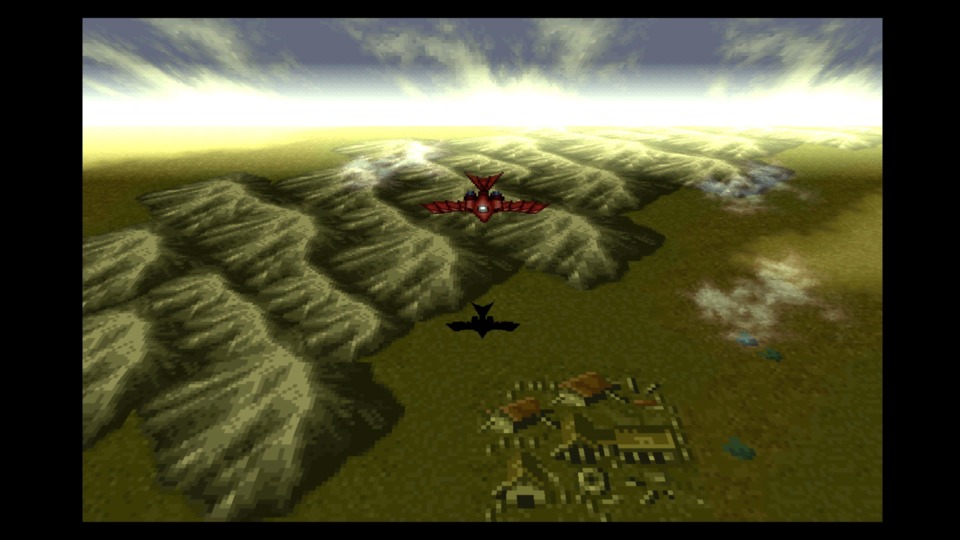
Wild Arms also has something of a 16-bit structure and even story and presentation. It is very much a dungeon and town driven RPG with the overworld playing more of a role in the early hours and for a few key sequences later on but the meat of the game coming in a large number of dungeons, almost all of which contain unique enemies and puzzles, some required to advance and others providing a route to optional loot items. Your characters obtain tools like bombs that let you open cracked walls and a lighter that lets you light torches or burn certain objects, and these factor into the puzzles, though some seem to fall by the wayside as the game advances. The puzzles add some much needed variety to the gameplay and are a lot of fun except for one major issue that I will discuss a little later.
As for the story, it’s a standard JRPG medieval tale with castles, princesses, and evil demons who threaten the entire world. There’s a Wild West element that factors into the anime intro (this is a PS1 RPG after all) and some of the architecture but is more of an aesthetic gloss than anything else (don’t expect sheriffs or outlaws) and there are significant sci-fi elements, but there’s nothing here that would feel out of place on the SNES. There are only 3 player characters and a handful of relevant NPCs, though towns are well populated with lots of people to talk to. Overall it’s…fine. The story is nonsensical and the characters are pure archetype, but there are some clever lines and main characters Rudy and Cecilia both have significant arcs (the third player character, Jack, feels like more of an afterthought.) Some of the villains are appropriately insane and there are some truly bonkers moments that at least give the story a bit of cheese appeal and bring it up from below average to slightly above. The localization knows the game is kind of goofy and takes the opportunity to make some 4th wall breaking jokes that may or may not be to your taste. There are also a fair number of typos. It’s fine overall. The worldbuilding, on the other hand, is a slight letdown. Lots of jargon and concepts thrown out without many being explored. It feels thinner than most games of the era there.
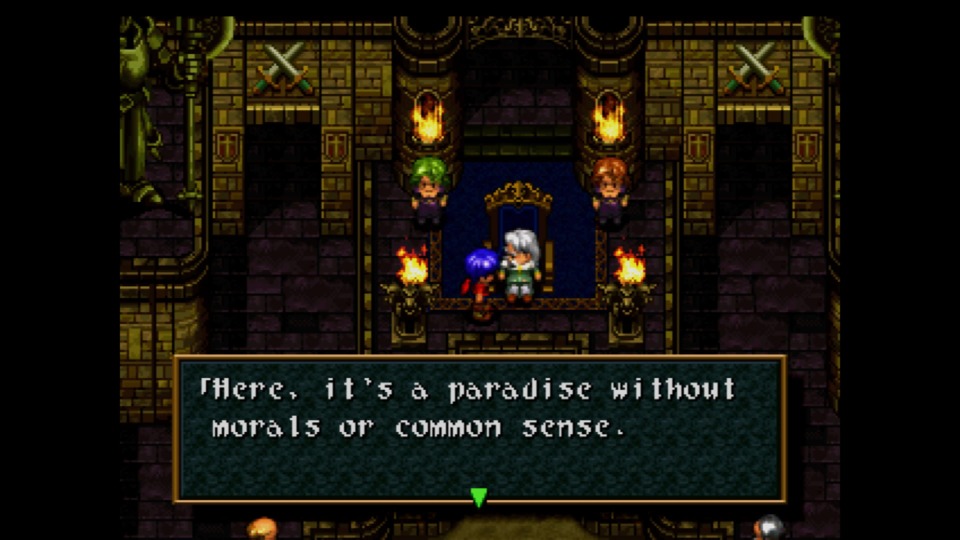
So how about the combat?
Pretty average. It’s a standard turn-based affair with all your usual JRPG concepts including items, a charging meter that lets you do special actions, summons (called Guardians in this game) and the rest of it. The one significant wrinkle is that each of the three playable characters has different magic abilities. Cecilia is a standard mage, with all the normal spells ranging from elemental attacks to healing to haste and slow, with the one major difference being that she gets to select which spells she wants to learn when by collecting “crest graphs” that get turned into spells at a magic guild, and can be swapped to new spells if you want to. This allows for a very flexible build early in the game, though towards the end you’ll have pretty much everything. Jack gets special sword techniques that use MP, but he can lower the MP cost with “secret sigils” that he collects. He also learns his spells through getting inspiration from some story event and then practicing the technique as a normal attack until he can pull it off at which point it unlocks for him. It’s a cool system, though in practice you’ll gravitate towards a couple attacks that you can bring down to 1 MP cost with the secret sigils. Rudy, finally, doesn’t have magic. Instead he has “ARMS,” which are basically guns you find in special boxes that use ammo (refilled in town or through items) and can be upgraded at special merchants. Neither Jack nor Rudy really have utility spells (except for “trickster,” which lets Jack use his pet hamster to steal items) so they end up as your tanks and damage dealers while Cecilia does all the utility stuff.
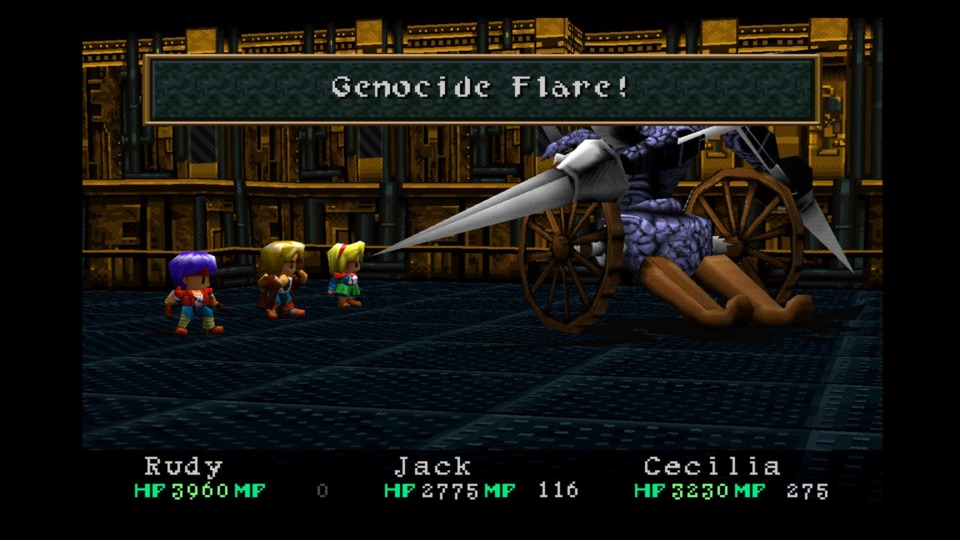
This system works and has enough going on to be interesting, but the problem is the game’s biggest flaw, which is its encounter rate. It’s way too high. You are constantly getting pulled into combat over and over and it gets really dull after awhile, since the combat itself is pretty rote. It’s worse when you’re trying to solve a puzzle that requires backtracking across multiple screens to check a solution and you end up spending 20 minutes fighting boring, easy, battles. I really wish the Sony emulator had a fast forward setting so you didn’t have to watch the laborious animations that probably looked great in 1996 but are unimpressive today. You do eventually get a spell that helps with the encounter rate, but it’s mana intensive and lasts like 30 seconds. The game also doesn’t provide a ton of mana items (though you can steal a fair number from certain enemies) so casting “invisible” 20 times to solve a puzzle is a big, annoying, drain. While random encounters were still the norm in 1996 it was post Chrono Trigger, so other options were available. The encounter rate doesn’t ruin the game but that’s not for lack of trying.
Another issue that holds the game back is how opaque it is at certain points on what you should do next. I know that we are all annoyed by the current tendency for games to just direct everyone around with big map markers but Wild Arms has a big, confusing, map and while it mostly lets you know pretty much where to go, at some points it gives only vague hints, or hints that only make any sense if you remember context from earlier in the game, which could be weeks ago in real time if you’re not playing at an obsessive rate. There’s no in game quest log and while there is an in game world map (an item you can miss, too!) it flat out sucks. There are no maps for dungeons or towns.
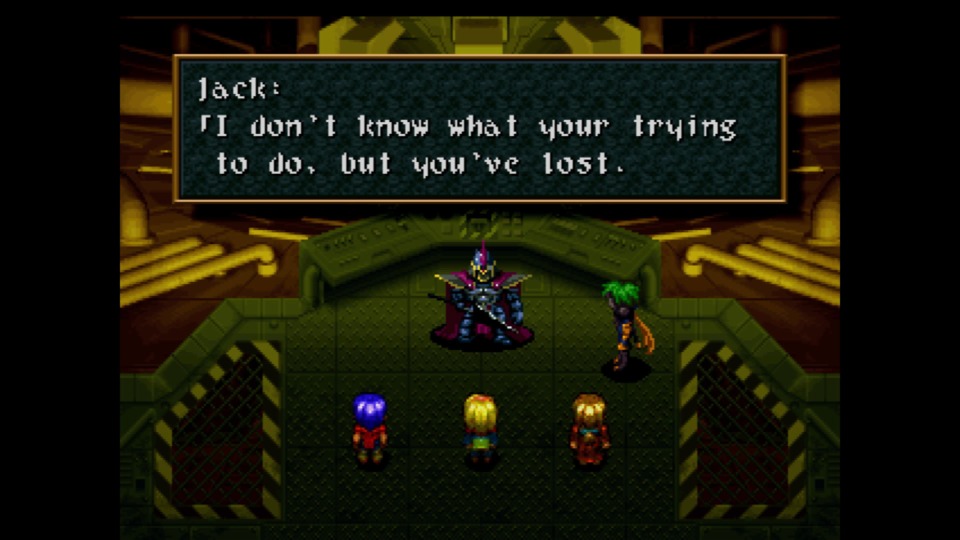
All this meant that I used a walkthrough guide whenever I felt lost (so maybe 5-10 times throughout my playthrough), which helped but also shows the limits of old school design. Most of the time when I needed the guide I didn’t feel like I had missed something that the game legitimately led me to but more that either the game was intentionally hiding the ball (they did that sometimes back then to actually try and sell guides or just extend playtime) or just expected me to wander around aimlessly until I found something. I actually stopped playing for almost 2 months at one point because the guide I was using was telling me to do a bunch of optional stuff and confusing me about how to advance and I didn’t pick the game abck up until two months later, when I decided to finish it (I was about 8 hours from the end) because I was playing Sea of Stars, a throwback RPG. I felt like I might as well finish the actual old RPG I was playing before digging into a game inspired by its ilk. For what it’s worth I did enjoy that last 8 hours of Wild Arms and I am glad that I went back and completed it, so it’s not that the game had worn out its welcome it had just been too unclear on what to do next (I looked it up in another walkthrough and yes, the game was pretty unclear.)
Playing Wild Arms after FF XVI really helped highlight to me what was missing from the latest Final Fantasy. I had a better time with Final Fantasy than with Wild Arms, but the puzzle dungeons and the RPG customization parts of Wild Arms still work even in 2023. Final Fantasy XVI could have had more interesting dungeons and better loot/customization mechanics, it just didn’t. Getting new tools to interact with the environments is still fun. Random encounters are decidedly not. If forced to choose I would pick Final Fantasy XVI’s “here’s exactly where to go” directional objectives over Wild Arms’ “I hope you were listening to that one line from a random NPC and picked up on the hint because if not you’re just going to be wandering aimlessly,” but I do think that other games have found happier medians. Status effects aren’t done well in Wild Arms (the standard ones like poison and confusion are there and function okay, but other magical buffs and debuffs are never explained and there’s no notification when they wear off) but I appreciated having them anyway just because it at least added some much needed variety and strategy to the combat. Even if I did have a party wipe 30 minutes after a save because of a couple unlucky rolls on status (I used the rewind feature on the emulator to undo that and felt not a shred of guilt.)
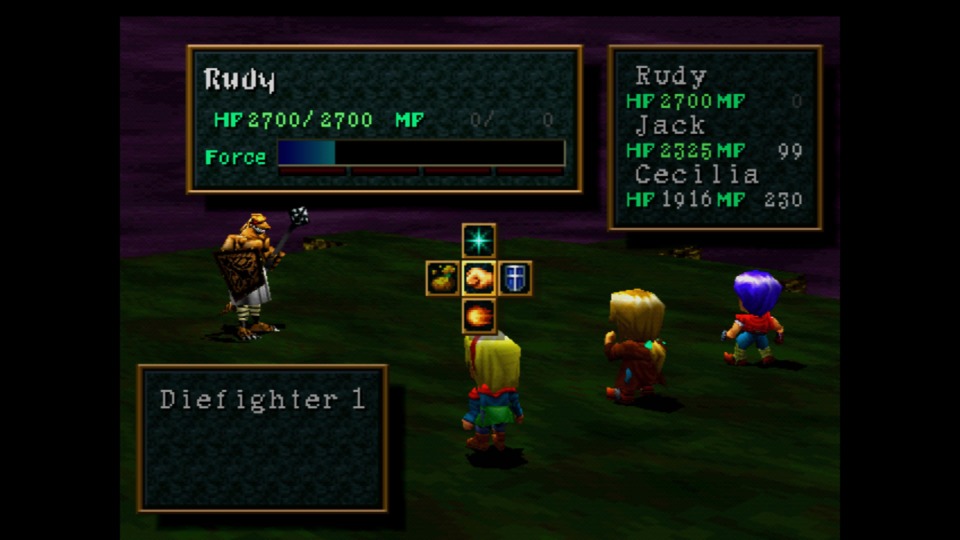
A lot of what makes RPGs fun is the sense of adventure from figuring out how to solve puzzles to get past obstacles and the sense of satisfaction that comes with building your party’s capacities. Constantly getting new tools in your combat toolbox (which Wild Arms gives you by offering new attacks for Jack and Arms for Rudy, as well as more spells for Cecilia though there you can pick) feels good.
Sea of Stars, the game I moved on to after Wild Arms, is an intentional throwback RPG with some smart changes and updates. It shows that a lot of the older games’ strengths can be preserved while their weaknesses can be minimized. I like it quite a bit, though it definitely lacks some of the charm and scope of Wild Arms. Part of that comes from not having a real overworld, part of it comes from having more compact environments and fewer random asides (Wild Arms has a carnival towards the beginning of the game and other little interludes that flesh out its world) and part of it just comes from the fact that you can’t fully recapture the scope weirdness of mid 90s game design, especially on an indie budget. But Sea of Stars gets most of the way there in a way that Final Fantasy XVI doesn’t even try.
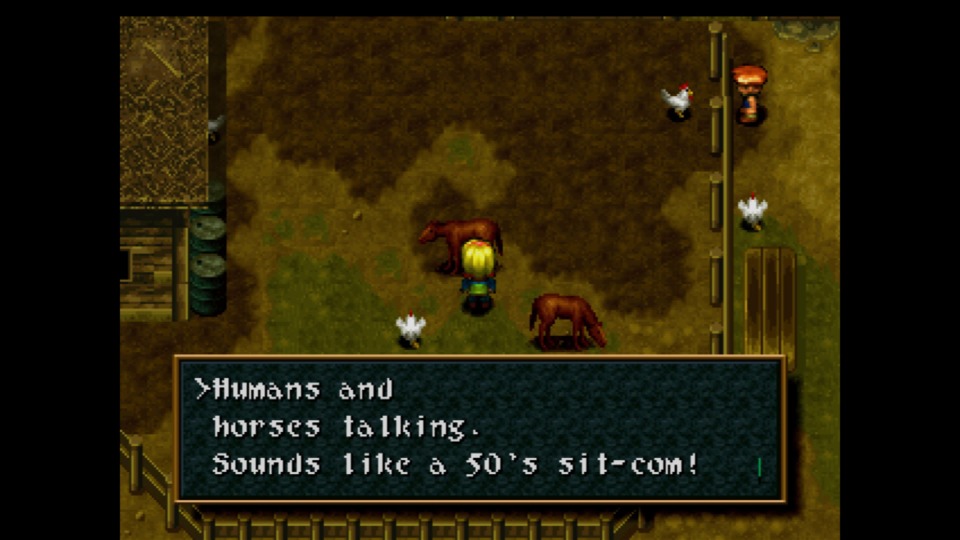
I’m glad I played through Wild Arms and it did help me crystalize what Final Fantasy XVI is missing. That’s not to say it made me like the modern game less; I stand by my “mostly enjoyed it” viewpoint, but rather that it made me appreciate exactly why I wish it was something other than what it is. Wild Arms unfolds a story where it feels like anything can happen, but it’s also from an era where the possibilities of gaming as a medium felt limitless. Where games were getting more complicated, bigger, more ambitious, and telling these wild stories you can’t find anywhere else. Now gaming has matured as a medium; there are more conventions, more focus, and less room for weird asides and surprises around every corner (not in terms of plot but in terms of one off gameplay moments or strange environments.) I miss that stuff. I miss that messiness. And Wild Arms is definitely a messy game in a lot of ways, both good and bad. Fortunately for me there are plenty of 16 and 32 bit RPGs I never played and a fair number of them are available on modern platforms. In the last few years I’ve played Grandia, Final Fantasy IX, and now Wild Arms, and enjoyed all three quite a bit, though Wild Arms the least of those. And I have lots more in my library with even more being rereleased. I’m not going to jump over to Wild Arms 2 any time soon but I think I will get there eventually, and I hope that when I do it’s the same slightly broken but endearing experience as the first one.
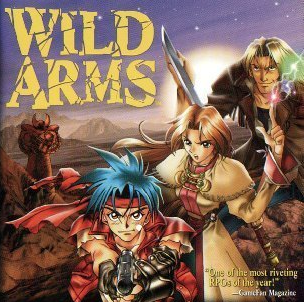
Log in to comment